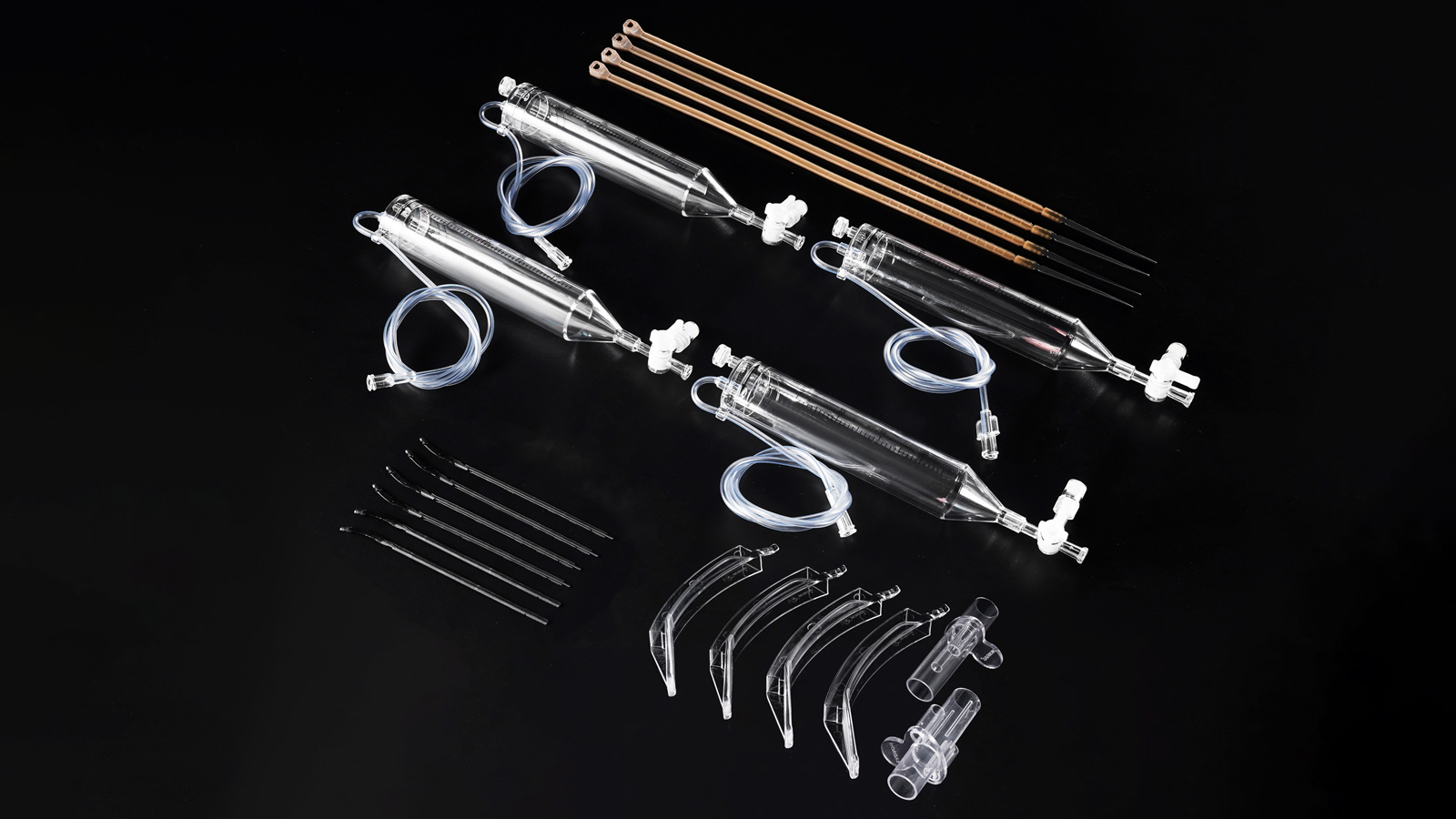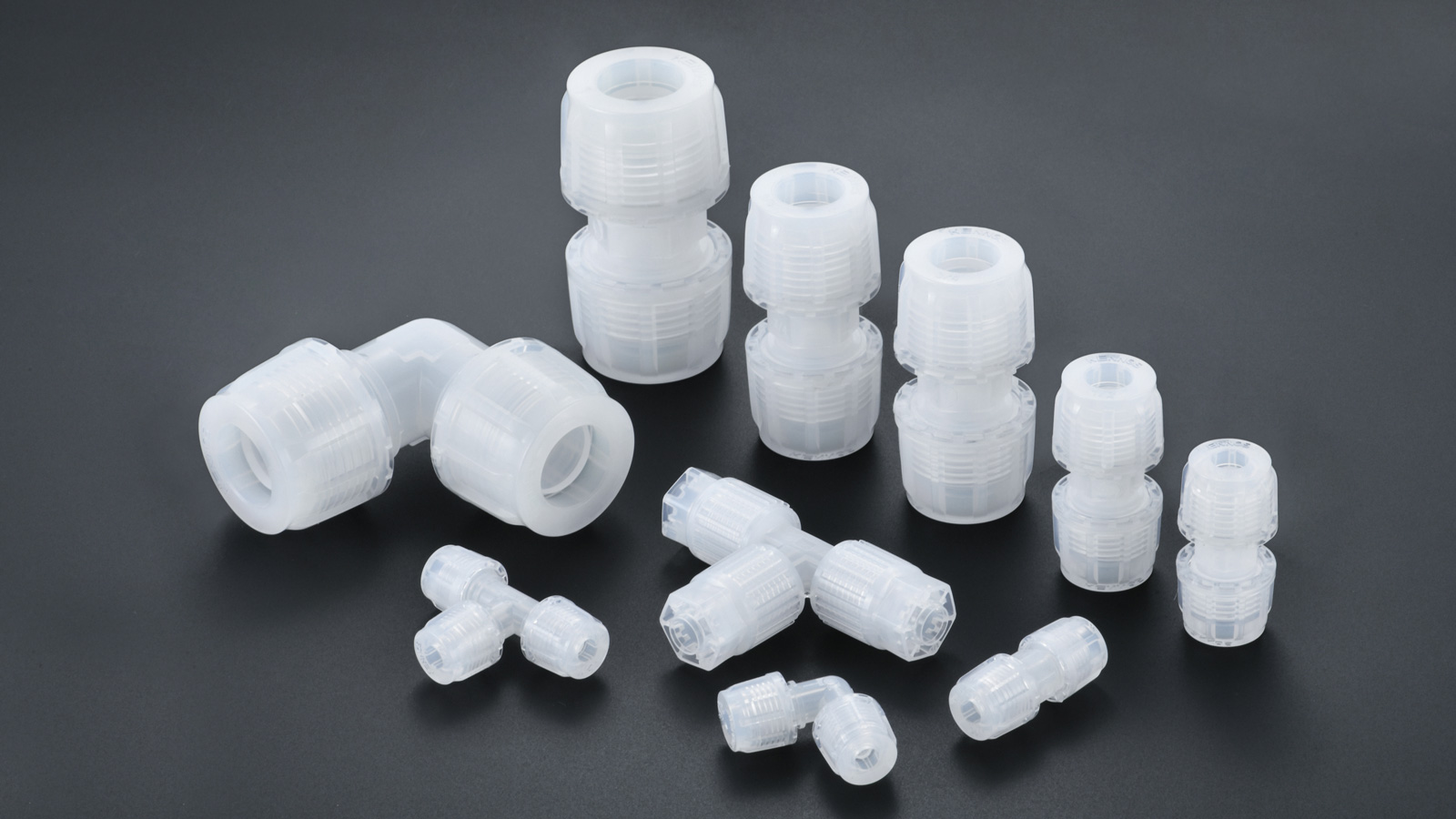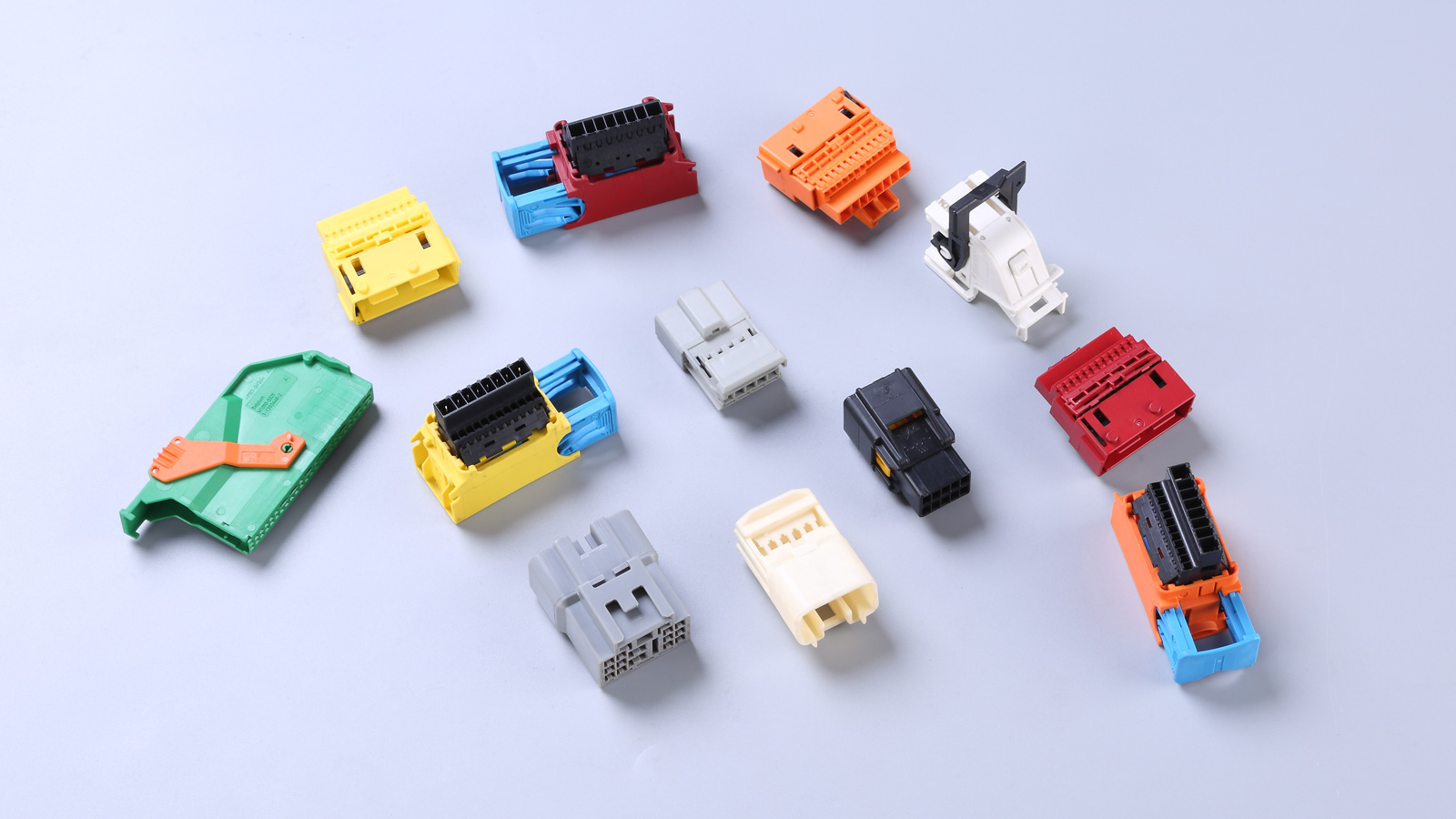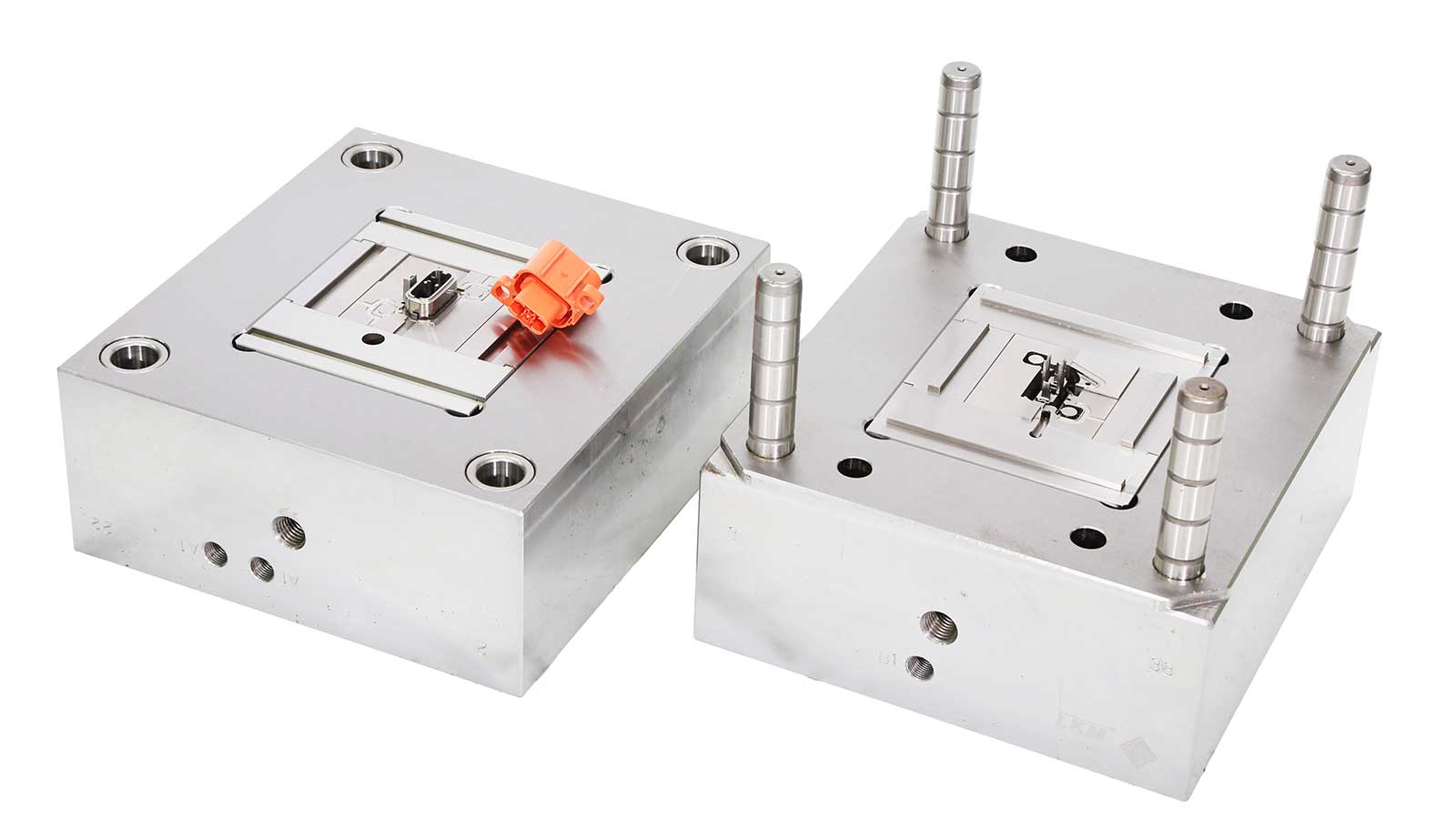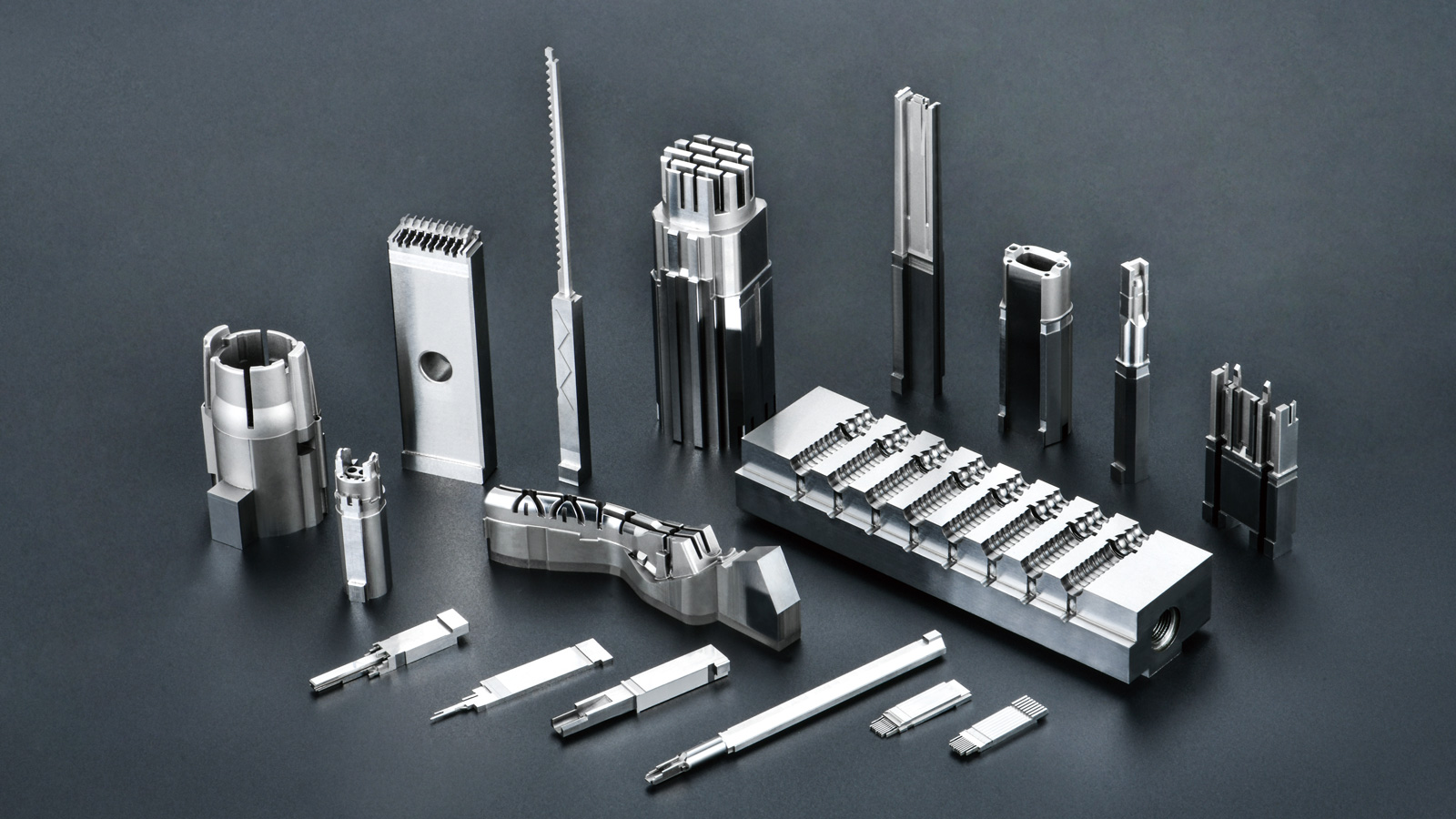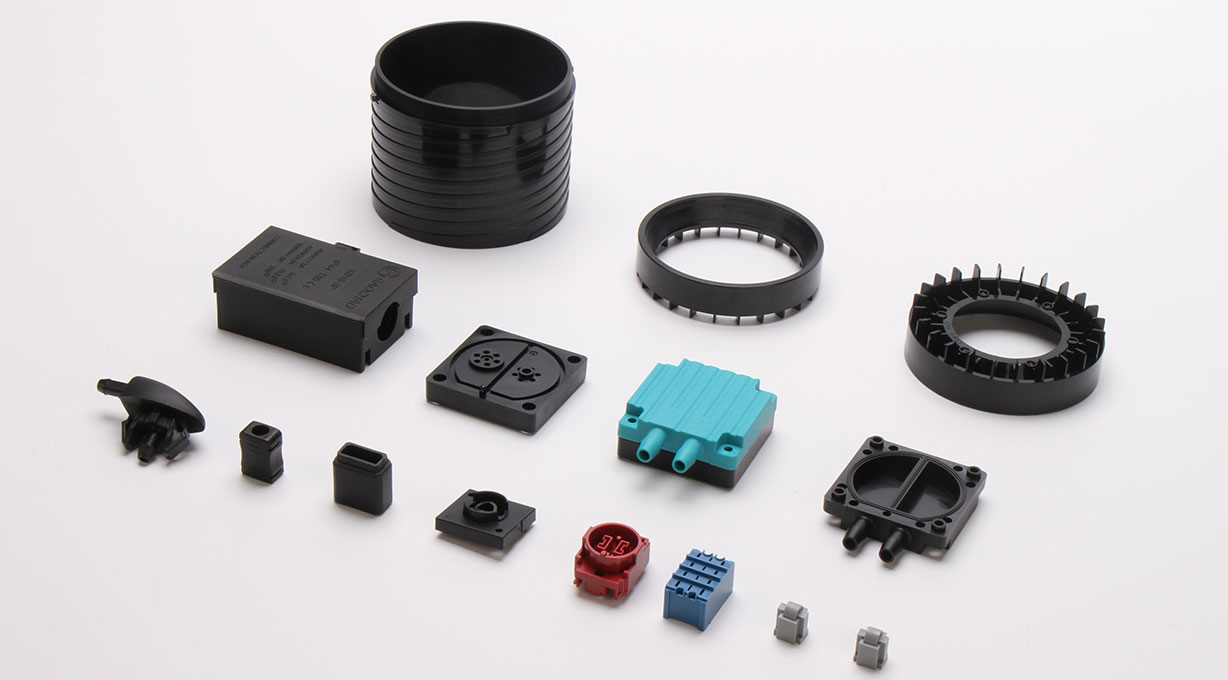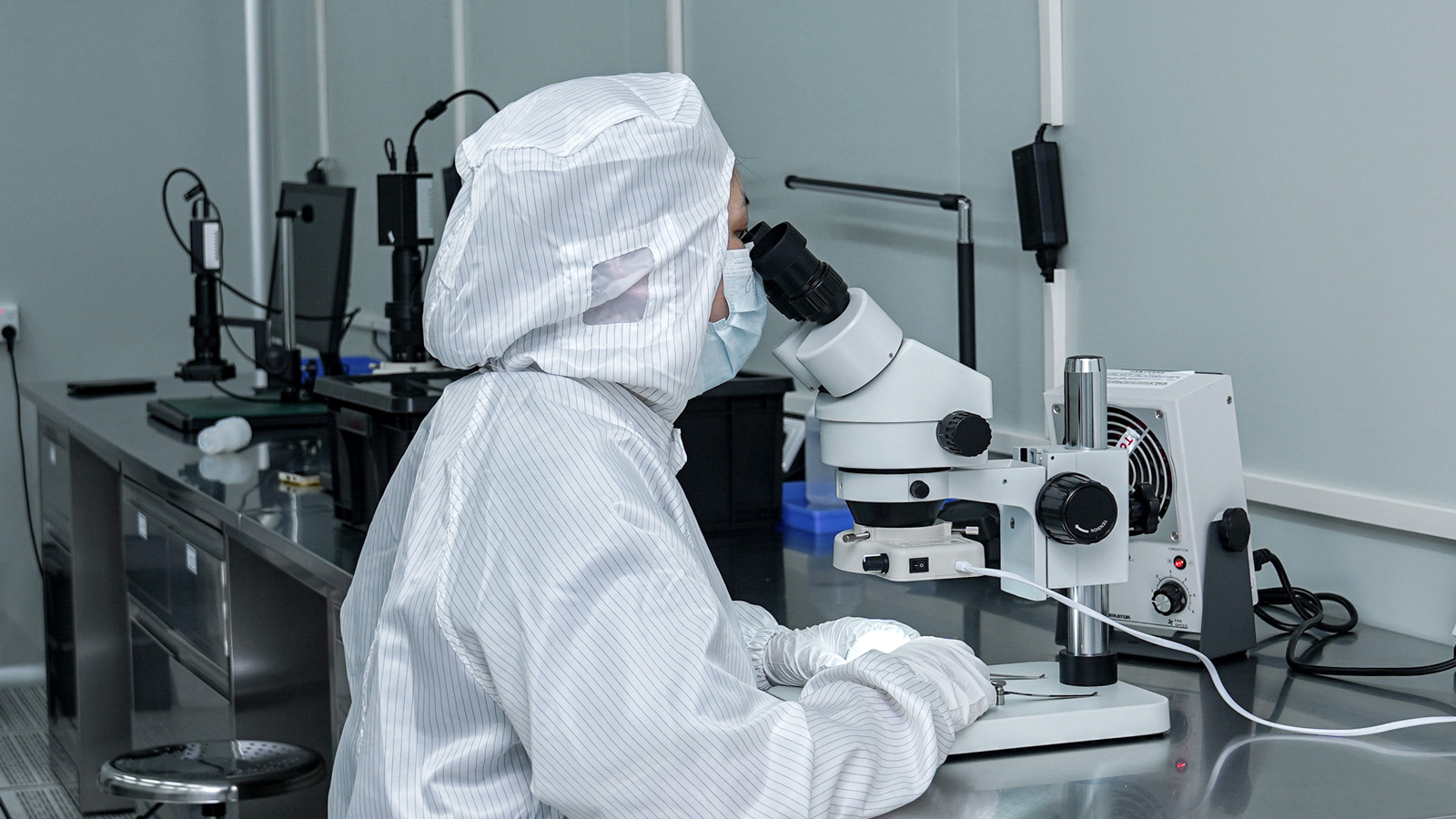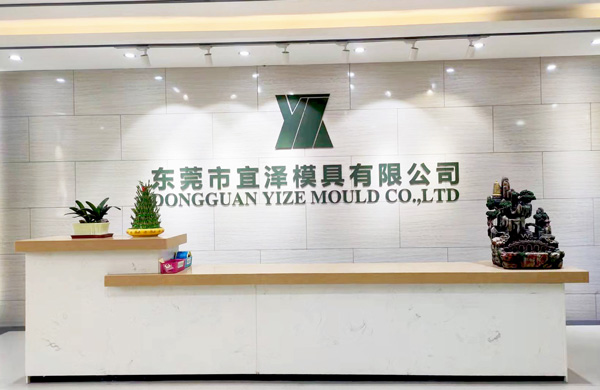Injection molds are the core tools in plastic product manufacturing, and their material selection directly impacts mold lifespan, product quality, and production efficiency. However, faced with a wide range of mold steel types on the market (e.g., P20, H13, NAK80), many practitioners often fall into the misconception of “choosing the most expensive instead of the most suitable.” This article systematically explains the scientific selection method for injection mold materials from three dimensions: product characteristics, production processes, and cost budgets, supplemented by real-world cases.
1. Clarifying Product Requirements: The “First Principle” of Material Selection
The primary consideration for injection mold materials is product characteristics, including plastic type, molding process, production volume, and precision requirements.
-
Corrosive Plastics (e.g., PVC, POM, flame-retardant ABS):
Plastics containing chlorine or fluorine release corrosive gases at high temperatures, requiring corrosion-resistant steels (e.g., S136, 420 stainless steel).
Case Study: A home appliance manufacturer producing PVC junction boxes initially used P20 mold steel, which suffered severe cavity corrosion within three months. Switching to S136 extended mold life to over two years. -
Highly Filled Plastics (e.g., glass-fiber-reinforced PA, carbon-fiber-filled PP):
Glass or mineral fillers increase mold wear, necessitating high-hardness, wear-resistant materials (e.g., H13, DC53).
Data Comparison: H13 mold steel achieves three times the lifespan of P20 in glass-fiber-reinforced PA molding. -
Transparent Plastics (e.g., PC, PMMA, AS):
High surface finish and polish-free requirements demand mirror-polishable steels (e.g., NAK80, 718H).
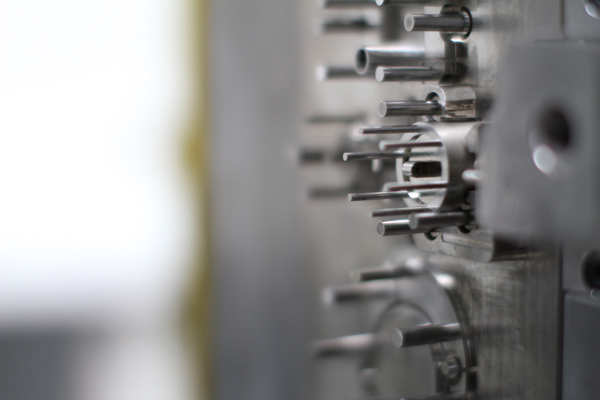
2. Matching Production Processes: Customized Requirements for Mold Structures
The complex structures of injection molds (e.g., slides, lifters, hot runners) impose differentiated material performance demands, requiring zone-specific material selection.
-
Cavities and Cores: “Hardcore” Choices for Core Components
- Cavities (direct contact with melt): Require high corrosion resistance and polishability, prioritizing S136, NAK80.
- Cores (withstanding injection pressure): Need high strength and toughness, using H13, DC53, or surface coatings (e.g., TiN) for enhanced wear resistance.
-
Slides and Lifters: Fatigue-Resistant Design for Moving Parts
Frequently moving slides require high toughness + low friction coefficients, recommending P20H, NAK55 with graphite lubrication.
Case Study: A automotive interior mold lifter using P20H with DLC coating increased lifespan from 50,000 to 200,000 cycles. -
Hot Runner Systems: Material Codes for Temperature Control Precision
Hot runner plates need high-temperature resistance and uniform thermal conductivity, using H13, 1.2344, or copper alloys (e.g., beryllium copper).
Nozzles require thermal fatigue resistance + wear resistance, opting for tungsten steel (YG15) or nitriding treatments.
3. Cost Optimization: Full Lifecycle Management from Procurement to Maintenance
Mold material costs include not only purchase prices but also hidden expenses like machining, heat treatment, and repairs.
-
Procurement Costs: Avoiding “Over-Engineering”
- Low-volume production (<10,000 cycles): Opt for cost-effective pre-hardened steels (e.g., P20, 718) to shorten manufacturing lead times.
- High-volume production (>500,000 cycles): Mandate heat-treatable steels (e.g., H13, NAK80) with hardness raised to HRC48-52 via quenching and tempering.
-
Machining Costs: Time Advantages of Pre-Hardened Steels
Pre-hardened steels (e.g., P20, NAK80) eliminate heat treatment steps, reducing manufacturing cycles by 20–30%.
Heat-treatable steels (e.g., H13) require additional quenching/tempering but offer 3–5 times the lifespan. -
Maintenance Costs: Surface Treatments for “Leverage Effects”
- Coating Technologies: TiN coatings boost wear resistance by 5× for glass-fiber-reinforced plastics.
- Nitriding Treatments: Gas nitriding hardens mold surfaces to HV1000+ at one-third the cost of coatings.
4. Future Trends: Intelligent and Sustainable Material Directions
- 3D-Printed Mold Materials: Metal powders (e.g., 17-4PH stainless steel) enable rapid manufacturing of complex structures via SLM, cutting R&D cycles by 50%.
- Composite Mold Materials: Carbon-fiber-reinforced plastics (CFRP) reduce mold weight by 70%, suitable for large thin-walled parts like automotive bumpers.
- Circular Economy Models: H13 steel recycling and remelting lower material costs by 40%, aligning with ESG goals.
Conclusion: Material Selection Is No Trivial Matter—Details Determine Success
Choosing injection mold materials involves balancing technology, experience, and cost. Practitioners must abandon “one-size-fits-all” thinking and develop zone-specific, structure-specific, and batch-specific selection plans based on product requirements, process conditions, and budgets. Only then can they achieve dual advantages in quality and efficiency through “mold precision.”
